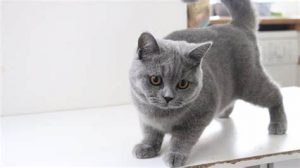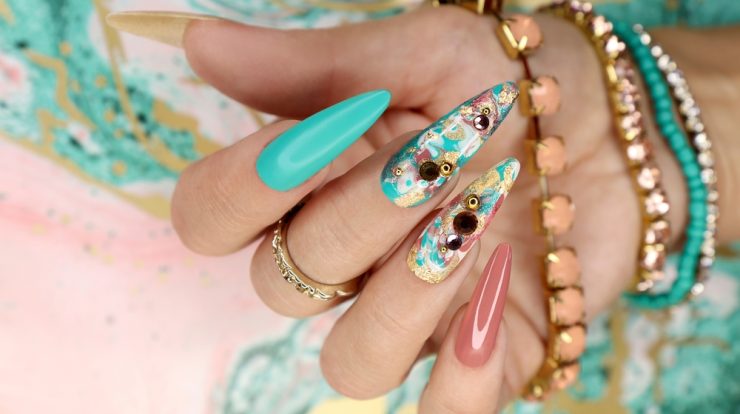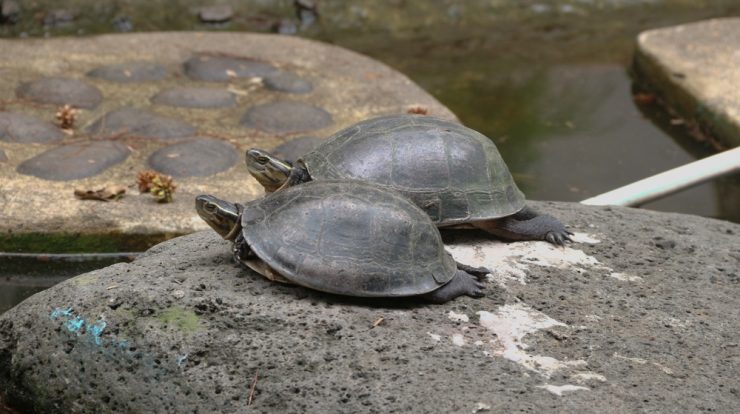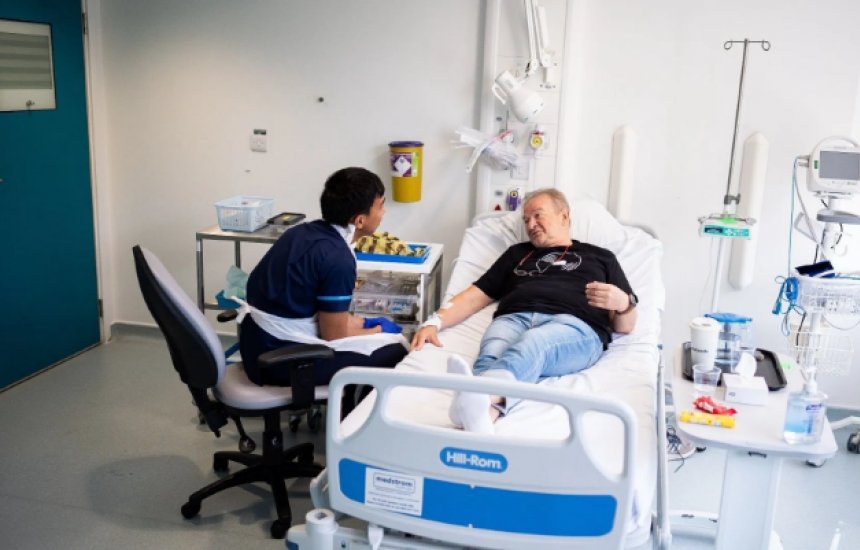
One of the oldest and universally recognized breeds of cats is the British Shorthair. It is said that they were brought to the United Kingdom by the Romans and awarded a prize in many competitions. But why are they called the British Shorthair? Well, the simplest answer to that is because of the way they look.
Physical characteristics of these cats include a soft, plush coat, coupled with a rounded body. The fact that they resemble a teddy bear may also have a lot to do with it. These are a pedigree version of the domestic cat and their bodies are stocky and thick-set, and their faces are broad.
Traits That Make Them Unique Breeds
The most common colours that are bred, turn out to be a popular ‘British Blue’ colour this is reflected in their solid grey-blue outer coating with a medium-sized tail and more often than not, orange eyes. They also come in other shades of different colours and patterns, known as ‘colourpoint’ and ‘tabby’, see in this post here
Their eyes can come in an array of hues from hazel, to green and others, and the pure breeds eye are pure colour without any flecks or rims of any other hues. Similar cats that existed a long time ago were the Russian Blue.
Their shades of coats also make them unique, as some of the mixes have spots or stripes the general and most common ones do not have, blotches of other colours or specs. They are available in solid shades of whites, blacks, ginger, lilac, chocolate, cinnamon and cream.
These are an ancient breed and fall into three categories, namely:
- Spotted Tabby – both their toes and belly have spots.
- Classic Tabby – having a ‘butterfly shape marking across their shoulders
- Mackerel Tabby – have the same markings on their face and body. They have narrow stripes and one central line from their head to the tip of their tail. The popular shades are black with silver stripes.
Their Good Nature
One of the great traits about these little guys is that they are calm and good-natured and are also registered as part of the Governing Council of the Cat Fancy (GCCF) in the UK: UK’s Governing Council of the Cat Fancy (GCCF) and almost a quarter of the cat breeds registered with this body are the British Shorthairs.
Originally introduced as working cats to help the Romans get rid of their rodent problem, they can form strong bonds with other animals and pets including rabbits, and dogs. They are not very noisy and take a great interest in the lives of the family members it is part of.
When they started becoming sparse back during World War 2, some breeders decided to up the numbers again and mixed them with other strains such as the Persians, Burmese, Russian Blues, of both the non-pedigree and pedigree kinds. This is why we do not get so many varieties, and as such has become one of the most popular felines in many homes in the UK and USA.
The inspiration for the famous children’s novel by John Tenniel’s and movie adaptation, ‘Alice in Wonderland’ was the British Shorthair.
Health and Caring for These Breeds
Looking after their outer selves is just as important as looking after their internal health. When grooming, always make sure you do this regularly, especially during their moulting stages. This will help remove any loose hair and keep them from shedding all over your clothes, carpets and couches. Also, remember to shampoo them with mild pet products at least once a week.
As they get older, they may not be able to groom themselves which is where you, as the pet owner needs to step in and lend a hand so they don’t start to develop mats from forming. Another unique trait about these are, unlike the classic domestic cat, the Shorthair are a sexually dimorphic breed, and the males are usually larger than the females. They can weigh anything from 4 to over 7kg’s, while their female counterparts stay under 5.4 kgs.
For anyone looking for a fairly easy feline to look after and manage, look no further than these guys. They are slow to mature and when feeding them, always make sure you give the kittens, kitten food until at least they reach 1 year old.
Healthy and nutritious diets should include organic and natural choices, such as those available on the holistapet pet website, which have an array of treats, CBD drops and more to give them an all-rounded healthy and holistic dietary approach.
They have a slow metabolism and as such owners need to be careful not to feed them too much as their muscle mass may turn into fat as they get older. Their life expectancy is as long as 20 years, so you and your kids will have a lifelong companion and furry friend to enjoy.
The older generations used to suffer from issues with their kidney, however in the modern age, through DNA tests and responsible breeders, this health issue has been minimized. Any affected feline will not be bred with others.
These little guys are the best pets to have in homes with seniors, children, and other cats and dogs. Their high intelligence levels make them one of the easiest to keep around the house and they will not cause any disruptions once trained.

“Web geek. Wannabe thinker. Reader. Freelance travel evangelist. Pop culture aficionado. Certified music scholar.”







